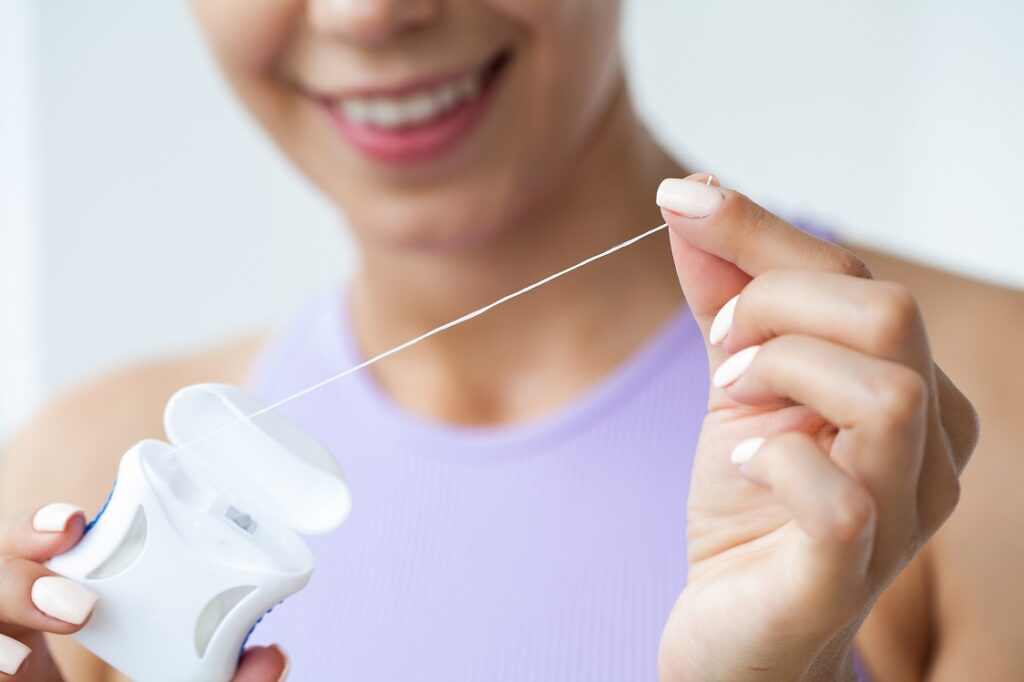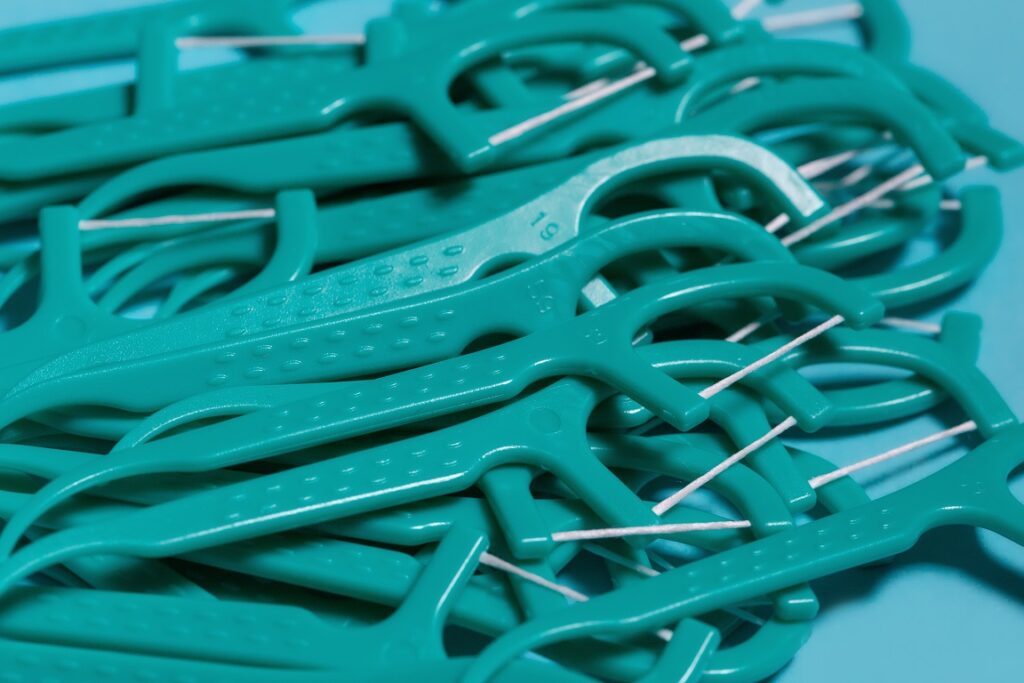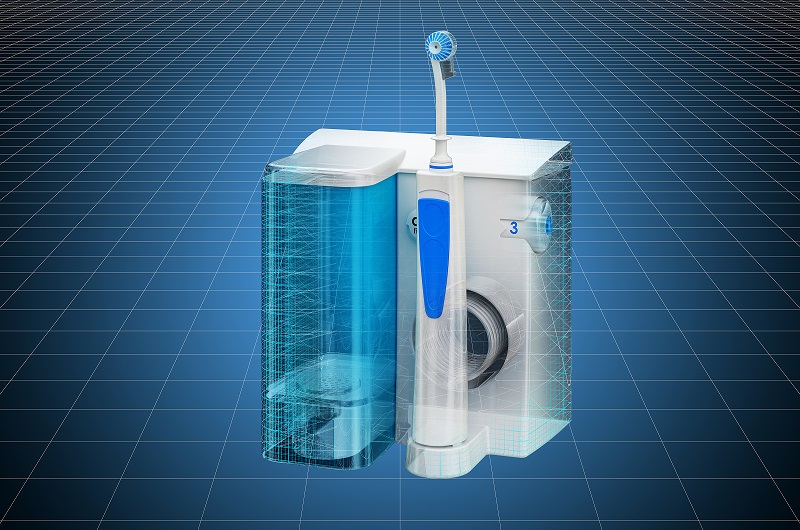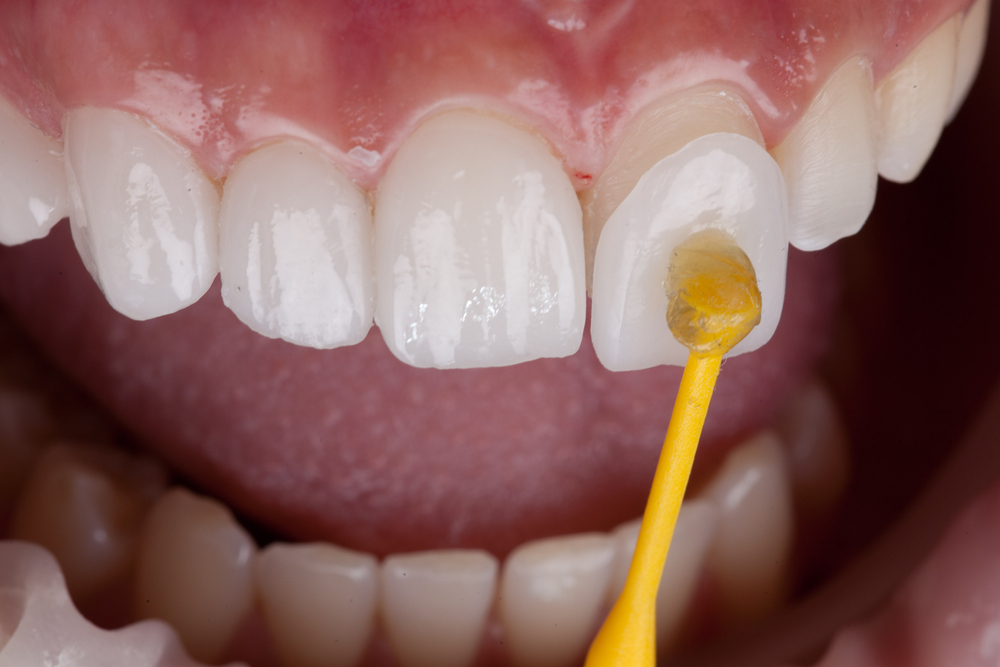Hey there, tooth enthusiasts! Welcome back to the Smile Science blog! Let’s chat about something that’s been a hot topic in the world of oral hygiene – flossing. Some of us love it, some of us, well… not so much. It’s the Marmite of dental care! The big question we’re answering today is: Is flossing really necessary, or is it just a piece of string causing unnecessary grief? Let’s unravel the truth together.
What is Flossing?

Before we dive into the debate, let’s get back to basics. What exactly is flossing? In a nutshell, flossing is the act of using a thin thread, often made of nylon or plastic, to clean between your teeth. It’s like a toothbrush for the tight spots your bristles can’t quite reach.
There’s a whole world of flossing products out there, from traditional dental floss to water flossers, interdental brushes, and floss picks. With so many options, you could say there’s a floss for every type of boss!
The Great Debate: Flossing – Yes or No?
Flossing has been the subject of quite a bit of controversy over the years. One camp firmly believes it’s a crucial part of any dental hygiene routine. The other? They reckon that brushing twice a day is enough to keep cavities at bay.
Adding to the confusion, you may have seen media headlines about studies claiming that flossing doesn’t have significant benefits. However, before you chuck your dental floss in the bin, remember – not all reports tell the whole story, and many dental professionals still stand by the importance of flossing.
Stay tuned as we delve deeper into the flossing saga, looking at the benefits, limitations, and the final verdict on this divisive dental debate!
The Benefits of Flossing
So, what’s the big deal about flossing? Well, to start, flossing helps remove food particles and plaque from between your teeth and under the gumline, areas where your toothbrush can’t quite reach. Left unchecked, these sneaky particles can lead to cavities, gum disease, and even tooth loss!
But don’t just take our word for it. Multiple studies support these benefits. For instance, a review published in the Journal of Periodontology found that people who floss regularly have a lower risk of gum disease and tooth loss. So, that piece of string might be more powerful than you think!
Understanding the Limitations of Flossing
As superheroic as flossing might seem, it does have its kryptonite. For one, it isn’t always enough to combat severe plaque buildup or tartar – for that, you’ll need a professional dental cleaning.
Moreover, flossing should never replace brushing. It’s a partner in crime to your toothbrush, not a substitute. Think of brushing and flossing as Batman and Robin, fighting the plaque villains together!
How to Floss Properly

So, how do you floss like a pro? Here’s a quick step-by-step:
- Break off about 18 inches of floss (from your fingers to your elbow) and wind most of it around one of your middle fingers. Wind the remaining floss around the same finger of the opposite hand.
- Hold the floss tightly between your thumbs and forefingers, with the floss still wrapped around your middle fingers.
- Gently guide the floss between your teeth using a rubbing motion.
- Curve the floss into a ‘C’ shape against one tooth and slide it into the space between the gum and the tooth.
- Hold the floss firmly against the tooth and rub along the tooth’s side with an up-and-down motion. Repeat this method on the rest of your teeth.
Common mistakes to avoid? Don’t snap or force the floss as this could injure your gums, and remember to use a fresh section of floss as you move from tooth to tooth to avoid redistributing the plaque.
There you have it! You’re now well on your way to becoming a flossing aficionado!
Professional Opinion on Flossing
While the debate rages on, the majority of dental professionals still recommend flossing. Organizations like the American Dental Association stand by the importance of cleaning between your teeth daily. Their stance? Flossing is an essential part of taking care of your teeth and gums.
But remember, everyone’s chompers are unique, and so are their dental needs. That’s where your dentist comes in. No blog post or online article can replace personalized advice from your trusted dental professional. So, if you’re unsure about whether to floss or not, book a consultation. They’ll be able to tailor advice to your specific needs and conditions.
Floss picks are an option in some cases.
Floss Picks Vs. Traditional Flossing

Just when you thought you had a handle on the world of flossing, another contender enters the ring – the floss pick. These handy little tools consist of a piece of floss strung tightly between two prongs on a plastic handle. They’re touted for their convenience, but how do they stack up against traditional flossing?
Understanding Floss Picks
Floss picks are often praised for their ease of use. The rigid handle can make it easier to reach those tricky back teeth, and for some, they’re a more comfortable, less messy option. They’re also super portable – you can pop a few in your bag or pocket for on-the-go flossing.
Floss Picks Vs. Traditional Floss
While floss picks have their benefits, they aren’t without drawbacks. Unlike traditional floss, the fixed amount of string on a floss pick can limit its effectiveness. The same piece of floss is used for all your teeth, which can spread bacteria around your mouth. On the other hand, with traditional floss, a new section can be used for each tooth, reducing this risk.
Floss picks also lack the flexibility of traditional floss. They don’t form the same ‘C’ shape against the tooth that we discussed in our flossing guide, which can make it difficult to clean thoroughly under the gumline.
The Verdict: Floss Picks or Traditional Floss?
When it comes to effectiveness, traditional floss is still the gold standard. However, if floss picks are more appealing to you and you’re more likely to use them regularly, they’re definitely better than not flossing at all.
Once again, we come back to the principle of personalized dental care. Discuss your options with your dentist to see which is the better fit for you. The best flossing method, after all, is the one that you will do consistently!
Exploring Other Types of Floss

As you’re navigating the dental care aisle, you may notice that floss isn’t a one-size-fits-all product. There’s a surprisingly wide variety of flosses available, each with their own pros and cons. Let’s take a closer look.
Waxed and Unwaxed Floss
Waxed floss has a thin layer of wax that can make it easier to slide between closely spaced teeth. Unwaxed floss, on the other hand, doesn’t have this coating, but will often squeak against clean teeth, giving an audible sign that plaque has been removed.
Dental Tape
Thicker than regular floss, dental tape can be effective for people with larger gaps between their teeth. It also tends to be gentler on the gums, which can be a benefit for those with sensitive gums.
Super Floss
Super floss is a pre-cut floss that has a stiff end, spongy floss, and regular floss. It’s particularly useful for cleaning braces, bridges, and gaps between teeth.
Water Flossers
Water flossers, or oral irrigators, use a pressurized stream of water to clean between your teeth. While not a traditional type of floss, they can be a good option for those who find regular flossing difficult or have orthodontic appliances.
The right floss for you depends on your teeth spacing, gum sensitivity, personal preference, and more. Again, chat with your dentist to understand which floss is the right fit for your smile. Happy flossing!
Conclusion
We’ve journeyed through the world of flossing, from understanding what it is, exploring the great debate around it, to discussing its benefits and limitations. We’ve even learned how to do it properly! The takeaway? Flossing, when done correctly and in conjunction with brushing, plays a vital role in maintaining your oral health.
But is flossing necessary? The answer leans more towards a ‘yes’ than a ‘no’. While it might not be a silver bullet for oral health, it’s a vital part of a comprehensive dental care routine. Just remember, your dental health is as unique as your smile, and no one-size-fits-all solution exists.
So, keep on brushing, consider embracing the floss, and as always, stay in regular contact with your dentist to ensure your oral health routine is the best fit for you. Here’s to a future full of dazzling smiles and fresh breath!
References and Further Reading
- Flossing for the management of periodontal diseases and dental caries in adults – Cochrane Database Syst Rev.
- Flossing Is Associated with Improved Oral Health in Older Adults – J Dent Res.
- Efficacy of Flossing and Mouthrinsing Regimens on Plaque and Gingivitis: A randomized clinical trial – J Dent Hyg.






